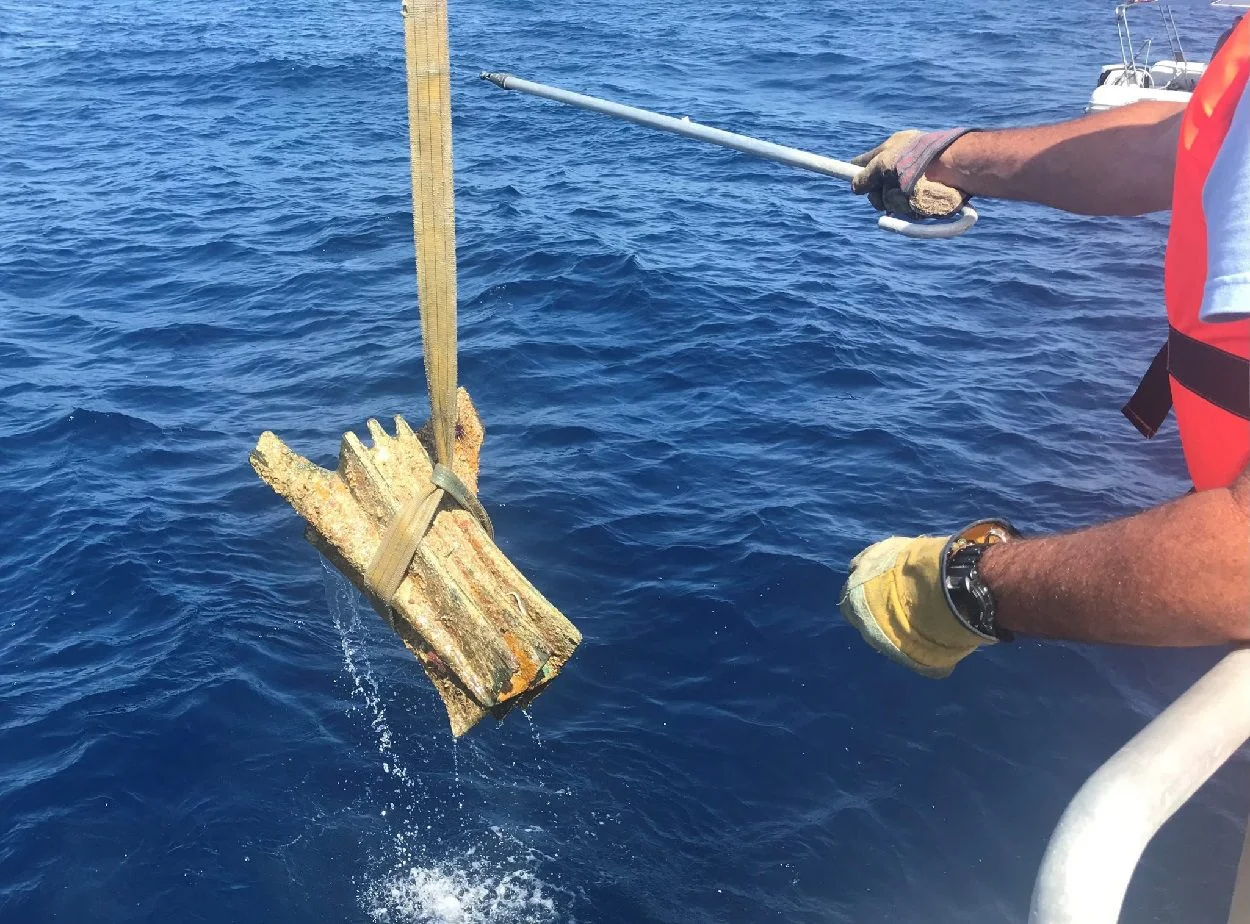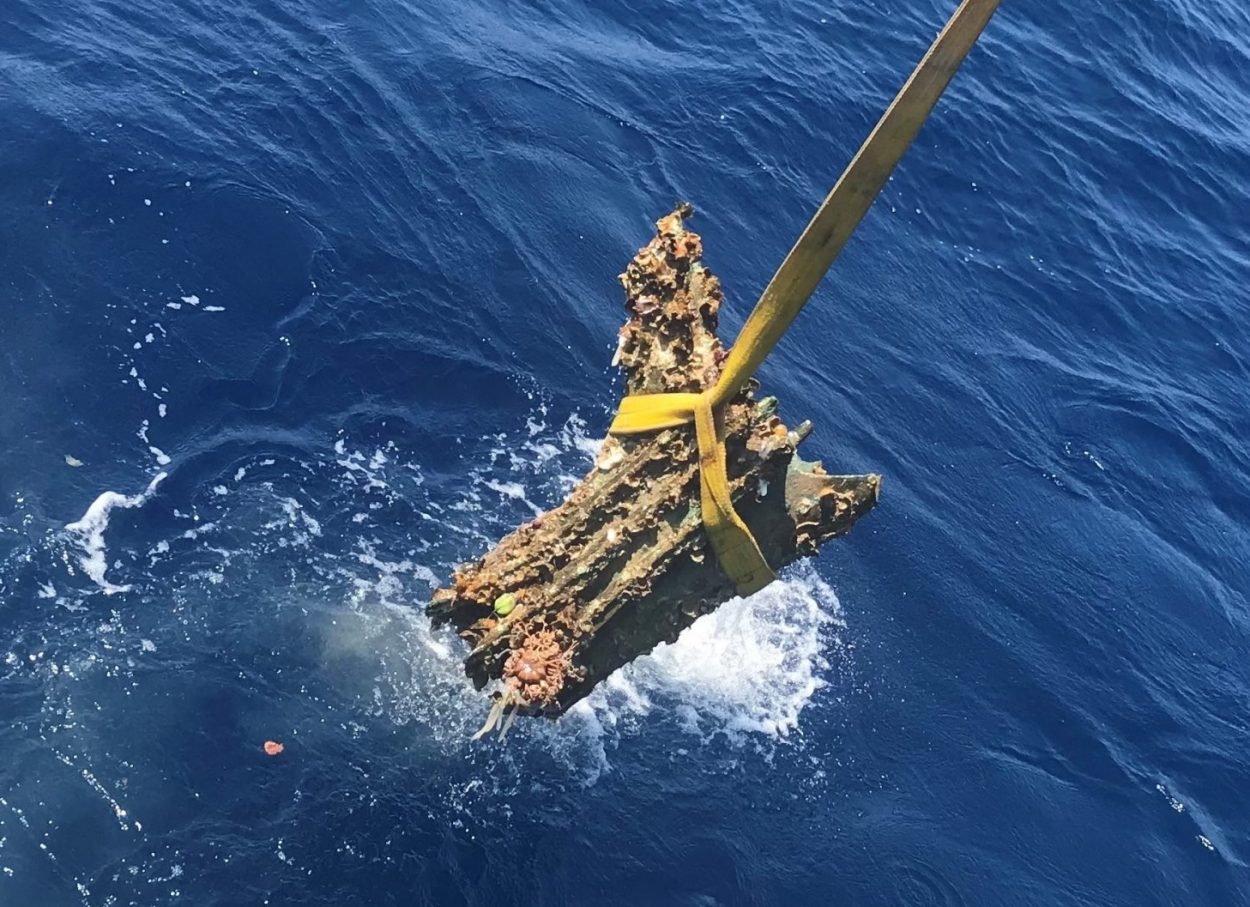Underwater archaeologists from the Soprintendenza del Mare Regione Siciliana, RPM Nautical Foundation, and the Society for the Documentation of Submerged Sites (SDSS), has recovered two more bronze warship rams at the site of the Battle of the Egadi Islands, a pivotal naval engagement during the First Punic War, that led to the victory of Rome over Carthage.
The Battle of the Egadi Islands, also called the Battle of the Aegates, was a naval battle fought on the 10 March 241 BC off the western coast of the island of Sicily.
Ancient authors recount the size and scale of the battle, which saw hundreds of ships ramming each other as the Carthaginian forces sought to break through the Roman line in order to reach and resupply the Carthaginian army on mainland Sicily.
The Romans enjoyed far greater mobility, since their vessels were carrying only the bare necessities, while the Carthaginians were burdened with the equipment necessary for sustained travel and provisions for the Sicilian garrisons. Following the Roman victory, Carthage signed the Treaty of Lutatius, in which Carthage surrendered Sicily to Rome and paid substantial reparations.

Ongoing underwater surveys of the battle site has been conducted from the Hercules research vessel using an autonomous underwater vehicle (AUV) to map the seafloor, and a remotely operated vehicle (ROV) to inspect submerged targets. The survey area spans 270 km2 with the main battle concentration spreading over 12 km2.
During the 2021 survey season, the researchers had sought to delineate the site to the north and east, when they discovered two more bronze warship rams along with four from earlier in the season (bringing the total discovered from Antiquity up to 25), in addition to dozens of lead slinger bullets used as lethal projectiles in combat, several bronze helmets and cheek-pieces, and Roman and Hellenistic Greek coins.
In the same area, the survey identified an extremely large merchant shipwreck transporting amphorae produced in Lusitania (modern Portugal), and Baetica (Spain), dating to the first half of the 4th century AD.
The director of the Soprintendenza del Mare, the government agency that oversees underwater cultural heritage in Sicily, Valeria Li Vigni said, “Together with the results of previous years, the discoveries made this summer further reveal the picture of this ancient naval battle, which to date is by far the best documented from an archaeological point of view.”
Header Image Credit : RPM Nautical Foundation





